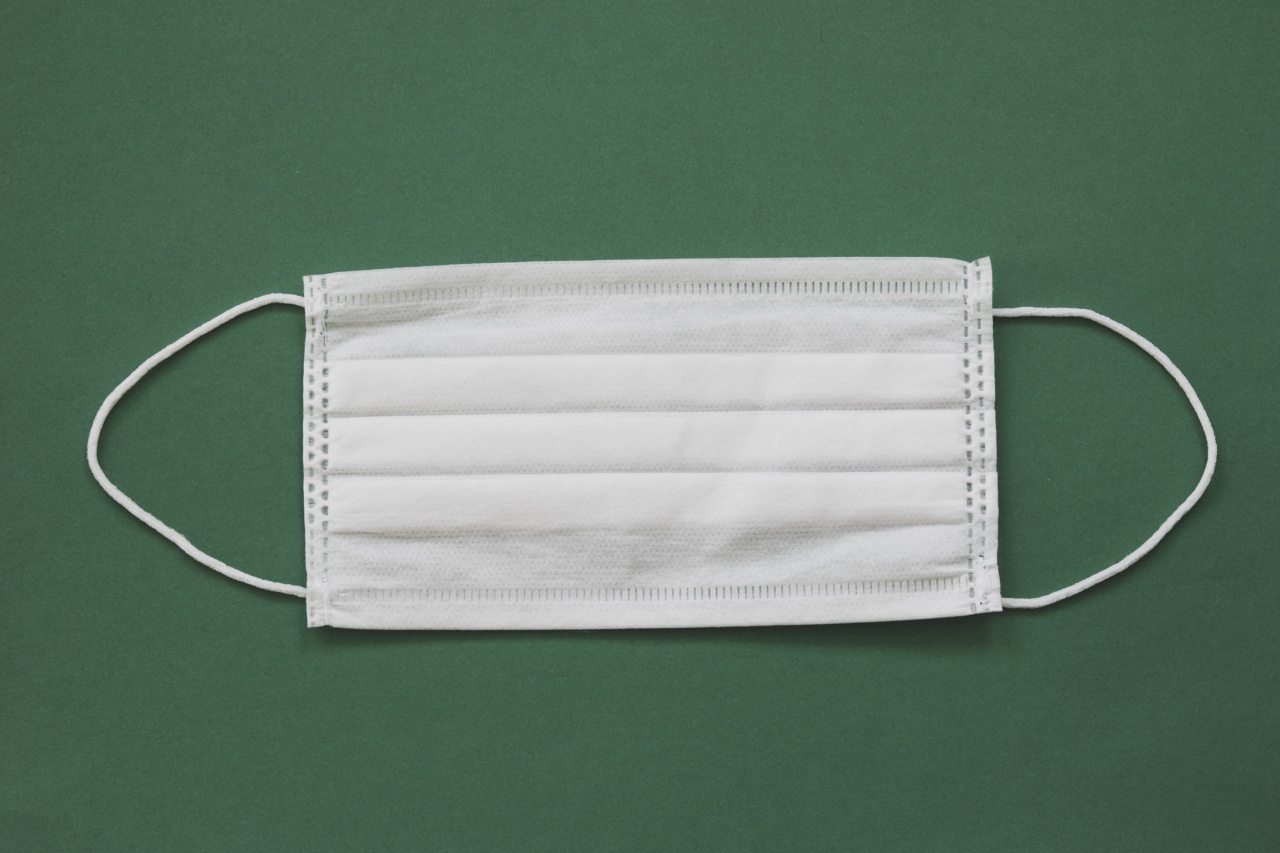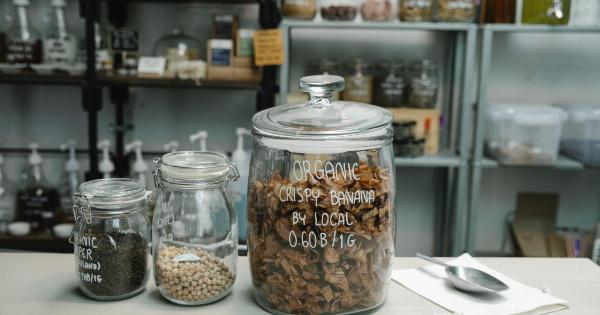Respiratory infections are a global health concern, affecting millions of people each year. These infections can range from minor colds to severe respiratory illnesses such as pneumonia, bronchitis, or even COVID-19.
While there are various treatment options available, researchers are constantly exploring new strategies to enhance prevention and treatment methods.
The Role of Precious Metals in Combating Respiratory Infections
Recent studies have shown that certain precious metals possess unique properties that can help prevent and treat respiratory infections. Here, we will explore the use of silver, gold, and copper in combating these illnesses.
Silver: A Powerful Antimicrobial Agent
Silver has been recognized for its antimicrobial properties for centuries. Its ability to kill bacteria, viruses, and fungi makes it an excellent candidate for preventing and treating respiratory infections.
Silver nanoparticles have been extensively studied for their effectiveness against a wide range of pathogens, including those responsible for respiratory illnesses.
Studies have shown that silver nanoparticles can effectively inhibit the growth and replication of respiratory pathogens such as influenza virus, respiratory syncytial virus (RSV), and methicillin-resistant Staphylococcus aureus (MRSA).
These nanoparticles can be administered through inhalation, oral intake, or topical applications to target the respiratory tract directly.
Gold: A Promising Therapeutic Agent
Gold, traditionally known for its use in jewelry, is now emerging as a potential therapeutic agent for respiratory infections.
Gold nanoparticles possess unique physicochemical properties that make them suitable for drug delivery and targeting specific cells, including those affected by respiratory pathogens.
Research has shown that gold nanoparticles can enhance the effectiveness of antimicrobial drugs and mitigate drug resistance.
By attaching these nanoparticles to antiviral or antibacterial drugs, they can be delivered directly to infected cells, increasing treatment efficacy while minimizing damage to healthy tissues.
Copper: Antiviral and Antibacterial Properties
Copper has long been recognized for its antimicrobial abilities. Its antiviral and antibacterial properties make it an ideal candidate for combating respiratory infections.
Recent studies have highlighted the efficacy of copper surfaces in reducing the transmission of respiratory viruses, particularly in healthcare settings.
Copper-infused fabrics and materials have also shown promise in preventing the spread of respiratory illnesses.
These materials can be used in masks, clothing, and other items to create a barrier against pathogens while providing additional protection to individuals.
Combining Precious Metals for Enhanced Impact
While each precious metal alone has demonstrated efficacy in preventing and treating respiratory infections, researchers are exploring the benefits of combining them for even greater impact.
One study investigated the synergistic effects of silver, gold, and copper nanoparticles against respiratory pathogens.
The results showed that a combination of these nanoparticles had a significantly higher antimicrobial effect compared to individual metals. This suggests that using a blend of precious metals could potentially enhance treatment outcomes and reduce the risk of developing drug resistance.
Promising Future of Precious Metals in Respiratory Infections
The use of precious metals for preventing and treating respiratory infections shows great promise. Their unique antimicrobial properties, coupled with advancements in nanotechnology, offer new perspectives in combating these illnesses effectively.
Further research is needed to optimize the dosage, delivery systems, and regulation of these precious metals for respiratory infections.
However, the potential they hold in reducing the burden of respiratory infections and improving patient outcomes cannot be ignored.
In Conclusion
Precious metals, such as silver, gold, and copper, offer exciting possibilities for preventing and treating respiratory infections.
Their antimicrobial properties, when properly harnessed, can provide innovative solutions to combat these global health issues.




























